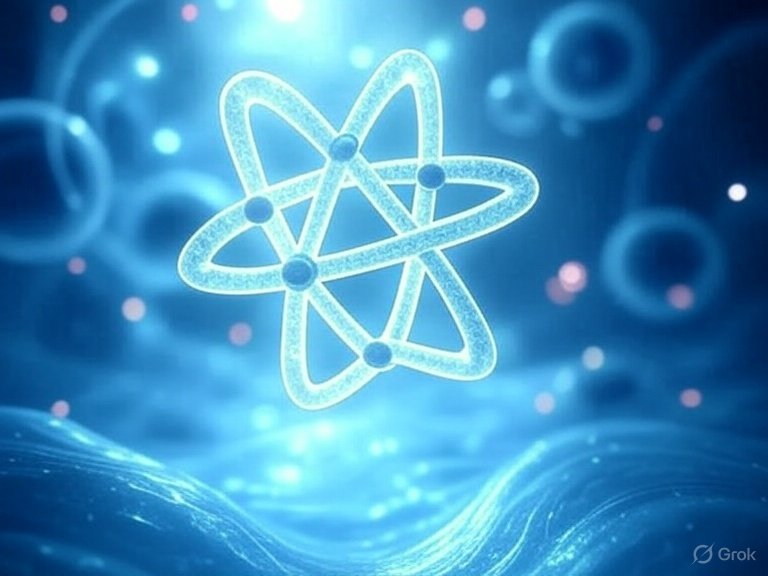
Gas-liquid bubble columns are widely used in the oil and gas industry for processes like hydrogen sulfide (H2S) removal, where efficient mass transfer between gas and liquid phases is critical. A key factor influencing this efficiency is the bubble size distribution (BSD), which describes the range and frequency of bubble sizes within the column. BSD directly affects the gas-liquid interfacial area, mass transfer rates, and overall process performance. Understanding and controlling BSD is essential for optimizing bubble column design and operation, particularly in applications like H2S scavenging in sour gas treatment. This article explores the characteristics of bubble size distributions, measurement techniques, influencing factors, and their impact on bubble column performance in the oil and gas sector.
Overview of Bubble Size Distributions
Bubble size distribution refers to the statistical spread of bubble diameters in a gas-liquid bubble column. BSD is often represented as a probability density function, with metrics like mean bubble diameter (e.g., Sauter mean diameter, d32) and standard deviation indicating the distribution’s central tendency and spread. In bubble columns, smaller bubbles increase the interfacial area for mass transfer, enhancing processes like H2S absorption, while larger bubbles reduce residence time and efficiency. BSD is dynamic, evolving with column height, gas flow rate, and liquid properties, making its characterization critical for process optimization.
Measurement Techniques for Bubble Size Distributions
Accurate measurement of BSD is challenging due to the dynamic, opaque nature of bubble columns. Several techniques are employed, each with strengths and limitations. The table below summarizes common methods used in industrial and research settings.
| Technique | Principle | Advantages | Limitations | Applications |
|---|---|---|---|---|
| High-Speed Imaging | Captures bubble images with high-speed cameras, analyzed for size and shape. | Direct visualization, high accuracy for clear liquids. | Limited to transparent systems; image processing is time-intensive. | Lab-scale studies, water-based systems. |
| Laser Doppler Anemometry (LDA) | Uses laser beams to measure bubble velocity and size via light scattering. | Non-intrusive, high precision for small bubbles. | Expensive, limited to low bubble densities. | Research on bubble dynamics. |
| Electrical Resistance Tomography (ERT) | Measures conductivity changes to infer bubble size and distribution. | Works in opaque liquids, real-time data. | Lower resolution, requires calibration. | Industrial columns with complex fluids. |
| Dynamic Gas Disengagement (DGD) | Analyzes gas holdup decay after stopping gas flow to estimate bubble sizes. | Simple, cost-effective for large columns. | Indirect, assumes uniform bubble rise velocity. | Pilot-scale H2S removal systems. |
Factors Influencing Bubble Size Distributions
Bubble size distribution is governed by a complex interplay of design, operational, and fluid properties. Key factors include:
- Sparger Design: Fine-orifice spargers produce smaller bubbles, increasing interfacial area. Perforated plates or membranes reduce coalescence compared to coarse spargers, which yield larger bubbles.
- Gas Flow Rate: Higher superficial gas velocities promote bubble breakup but increase coalescence at high gas holdup, widening BSD.
- Liquid Properties: Viscosity and surface tension significantly affect BSD. High-viscosity liquids (e.g., glycerol-based scavengers) stabilize larger bubbles, while surfactants (e.g., in triazine solutions) reduce surface tension, producing smaller bubbles.
- Column Geometry: High L/D ratios (>10) promote bubble coalescence, increasing mean bubble size with height. Shallow columns (L/D < 5) maintain smaller bubbles, ideal for offshore H2S removal.
- Operating Conditions: Pressure and temperature influence gas density and solubility. In H2S removal, higher pressures (e.g., 10 bar) reduce bubble size by increasing gas density, enhancing mass transfer.
Impact on Bubble Column Performance
Bubble size distribution directly influences the performance of gas-liquid bubble columns, particularly for H2S removal in oil and gas applications:
- Mass Transfer: The gas-liquid mass transfer coefficient (kLa) is proportional to the interfacial area (a), which scales inversely with bubble diameter. Smaller bubbles increase kLa by 20–50%, enhancing H2S absorption into scavengers like triazine or caustic solutions.
- Gas Holdup: Smaller bubbles increase gas holdup (e.g., 10–20% vs. 5–10% for larger bubbles), extending residence time and improving H2S reaction efficiency.
- Energy Efficiency: Fine bubbles require higher sparging energy, but their enhanced mass transfer reduces liquid scavenger consumption, lowering operational costs in H2S removal systems.
- Process Stability: Narrow BSDs minimize turbulence and foaming, reducing operational issues like liquid carryover in contactor towers.
Applications in H2S Removal
In the oil and gas industry, BSD optimization is critical for bubble columns used in H2S removal:
- Upstream Operations: Simple bubbling tanks with fine spargers treat sour gas (50–900 ppm H2S), achieving 71–86% removal efficiency by maintaining small bubbles.
- Midstream Operations: Contactor towers with triazine scavengers rely on narrow BSDs to meet pipeline specifications (<4 ppm H2S), doubling efficiency compared to direct injection.
- Downstream Operations: Activated sludge columns use BSD control to achieve 96–98% H2S removal in refinery sour water, leveraging biological oxidation.
- Offshore Platforms: Shallow columns with microbubble spargers optimize BSD for compact H2S removal, ensuring compliance with Reid Vapor Pressure standards.
Advances and Future Directions
Recent advancements in BSD characterization and control include:
- Microbubble Generators: Producing small bubbles, increasing kLa by 30–40% for H2S removal.
- CFD Modeling: Simulations predict BSD evolution, optimizing sparger design and column geometry without extensive pilot testing.
- Real-Time Monitoring: ERT and ultrasonic techniques enable online BSD measurement, improving process control in industrial columns.
- Surfactant Additives: Tailored surfactants in scavenger solutions reduce bubble size by 20%, enhancing mass transfer in viscous liquids.
Future research should focus on scalable microbubble technologies, cost-effective BSD measurement for opaque fluids, and integrating BSD data into machine learning models for real-time column optimization.
Conclusion
Bubble size distribution is a critical parameter in gas-liquid bubble columns, governing mass transfer, gas holdup, and process efficiency in applications like H2S removal. By leveraging advanced measurement techniques (e.g., high-speed imaging, ERT), optimizing sparger design, and controlling liquid properties, engineers can achieve narrow BSDs with smaller bubbles, enhancing performance in upstream, midstream, and downstream operations. Advances in microbubble technology and real-time monitoring promise further improvements, making bubble columns increasingly effective for meeting stringent H2S regulations in the oil and gas industry. For tailored solutions, please contact us.





